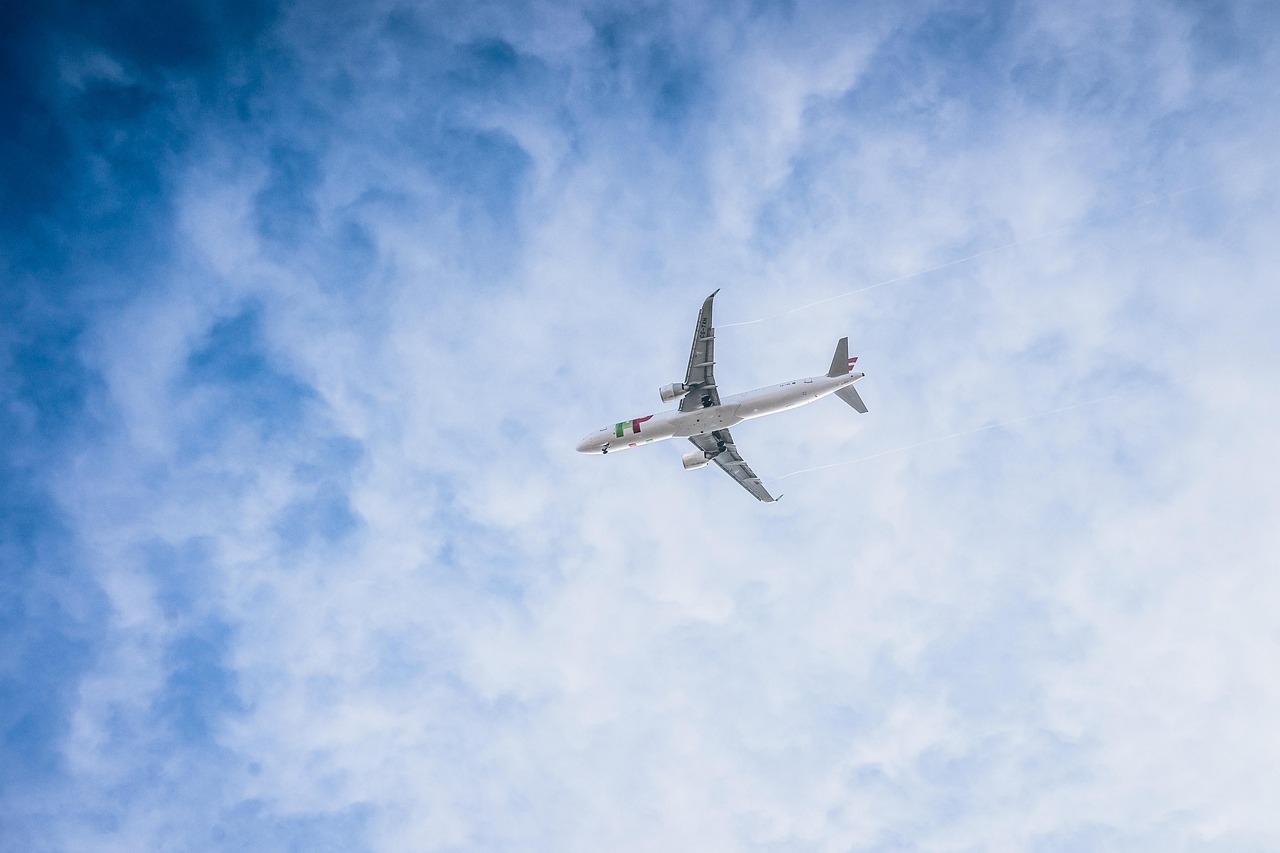Achieving Net Zero would require all humans to be producing 2 tonnes of carbon emissions a year. Currently, the average human produces 7 tonnes a year and this varies widely across the world. But what would such a low emissions lifestyle look like? Would it mean we cannot travel abroad anymore by 2050 because of the carbon a flight emits? The short answer is no, and a Net Zero world is compatible with some air travel. The long answer is more complicated because it is unclear what technology exists in 2050.
One flight is manageable in a Net Zero scenario with current technology
Aviation accounts for 2.5% of carbon emissions worldwide every year. With current technology, one return flight per year per person is compatible with a Net Zero world if you are doing everything else right. With current technology, a short haul flight ranges from 0.1 – 0.3 kg per person and it is very likely it will get lower with innovation, because of biofuel and better designed planes. This can be part of a 2-ton lifestyle if you are producing low levels of carbon emissions in other areas of life, such as your diet, housing, shopping and your use of other forms of transport. This means living on a plant-based diet, driving an electric car and using other low carbon methods of transport. This would also mean living in accommodation designed for low energy use: solar panels, double or triple glazing, heat pumps, insulation and powered by renewable energy. This lifestyle would also require us only buying what we need and not wasting what we buy. We waste roughly 22% of food we buy, and fast fashion encourages us to buy clothes we do not wear often. Only buying what we use will reduce our carbon footprint significantly.
Innovations in the aviation industry and scenarios of Net Zero in 2050
Innovations in the aviation industry have already reduces the carbon emissions per flight. In 1990, one passenger kilometre produced 357g of CO2 and by 2019 this had reduced by half to 157g. There is potential for airlines to reduce their flights more. Biofuels are only being used a little in the aviation industry, but full use could bring the carbon footprint by up to 80%. Furthermore, a new insight into air travel has shown that much of the carbon emissions occur because how high the planes fly in the sky. The current flight path means airplanes create cirrus clouds in the sky as well as emitting carbon dioxide. The creation of cirrus clouds warms up the globe even more. Scientists believe just by changing where the planes fly in the sky, either 200 meters lower or higher than the usual flight path, this can reduce the carbon emissions of a flight by 40%.
The problem is many of these ideas and innovations are not being implemented fast enough and demand for flight is expected to increase exponentially. Only 10% of the world use planes but with incomes rising around the world, air travel is expected to increase significantly in the future. How much we can travel and live a Net Zero lifestyle is not entirely clear.
What you can do now
There are a few things you can do now that can reduce the impact of your air travel. First, you can travel economy class rather than business or first class. Second, you should pack as lightly as you can as planes transporting heavier bags use more fuel. Third, you can offset the carbon footprint of your flight by planting trees. This can easily be done by downloading apps which allow you to do this for free, such as Ecosia and Treeapp. Fourth, another way to reduce the carbon footprint of the flight is to choose direct flight. Another action you can take is to choose direct flights rather than go from hub to hub. Going from hubs increases the number of flights of the trip and air miles to get to a destination. Finally, you can choose to go on holiday closer to home and avoid long-haul flights. A long-haul flight is any flight more than 6 hours long, so anywhere shorter than this is better for the environment.

Leave a Reply